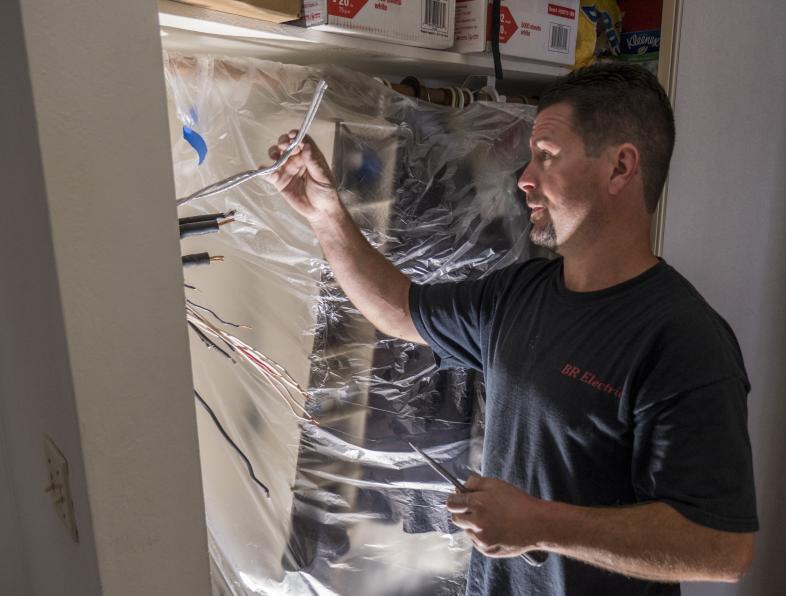
Install LED lighting to take advantage of energy savings and recent improvements in appearance. Photo: BR Electric, 2016
Ready to remodel and interested in sustainability? Of course, you should implement well-known Green building solutions such as using sustainable countertop materials and energy-efficient appliances. But according to Don Knapp, a spokesperson for Build it Green, there are many lesser-known Green materials you can utilize to make your remodeling project more environmentally-friendly. Here are his top five Green products you should consider incorporating into your newly Green home:
- Sustainable wood for flooring and cabinets
Consider wood products that are either reclaimed, FSC Certified, recycled, or rapidly renewable materials like bamboo or cork. Whatever flooring material you choose, make sure it’s healthy: certain flooring and cabinet products (like particle board) offgas volatile organic compounds (VOCs) that can pollute indoor air. Solid wood is a healthier choice.
- Low-flow fixtures for kitchens and bathrooms
Your toilet should use 1.28 gallons per flush or less, your shower fixture should run at 2 gallons per minute or less and your faucets should run at 1.5 gallons per minute or less. Look for the WaterSense label on products.
- Quality ventilation
Install ventilation fans in your bathroom and range exhaust fans in your kitchen to keep the air in your home fresh and healthy. For optimal air quality and comfort, consider a Heat Recovery Ventilation (HRV) system.
- Green insulation
To lower your energy bills, improve comfort and reduce your use of fossil fuels, insulate attics, floors and exterior walls. Look for sustainable or recycled insulating materials such as cellulose or insulation made from recycled blue jeans. Don’t forget about air sealing before installing insulation: use caulk or foam sealant to seal any openings and penetrations in walls, ceilings or around windows.
- LED lights
Mr. Knapp advises skipping over compact fluorescent light bulbs (CFLs) in favor of LED lighting. He says LED lights last for many years and consume less energy than CFLs. What’s more, the quality and warmth of LED lighting has improved greatly over the past few years.
